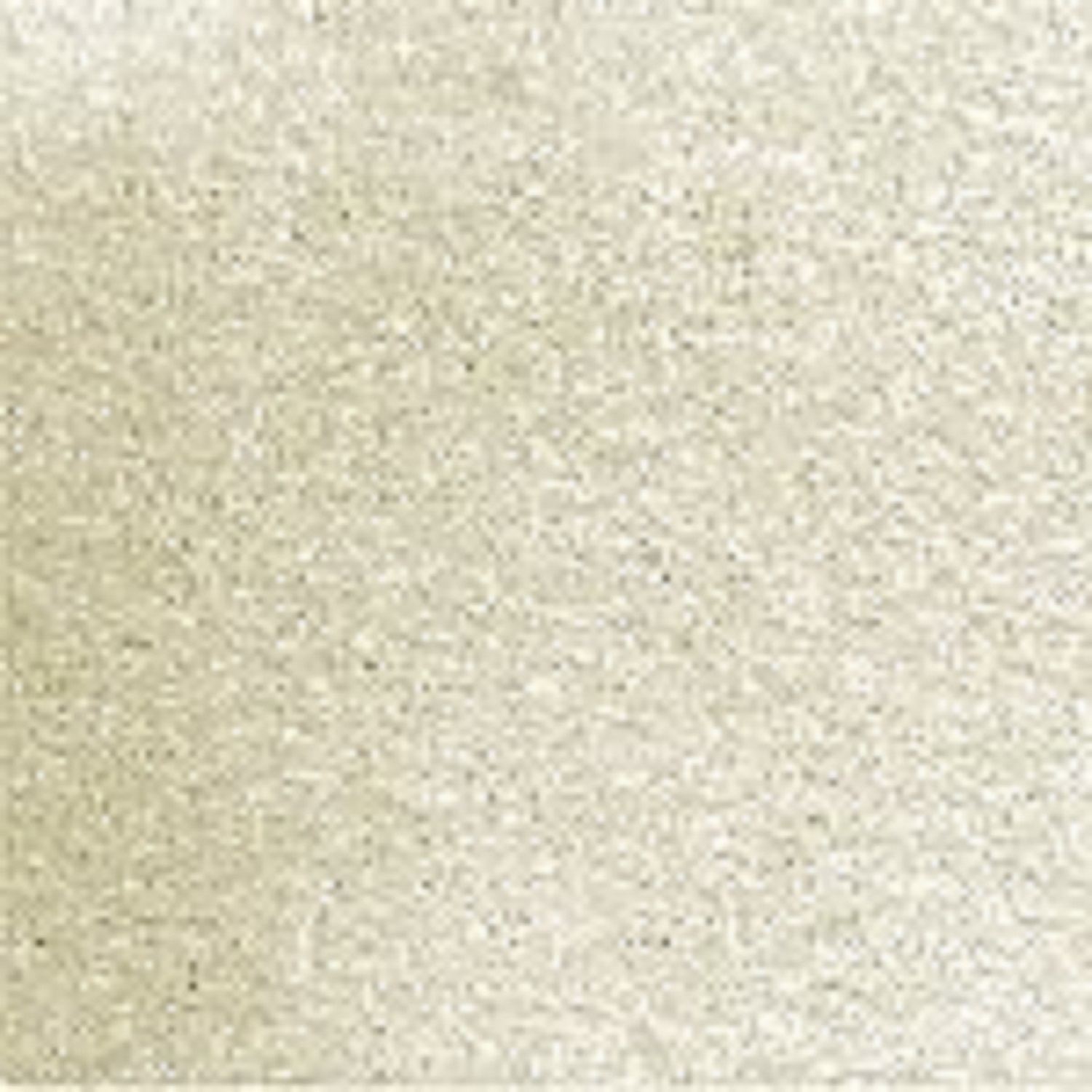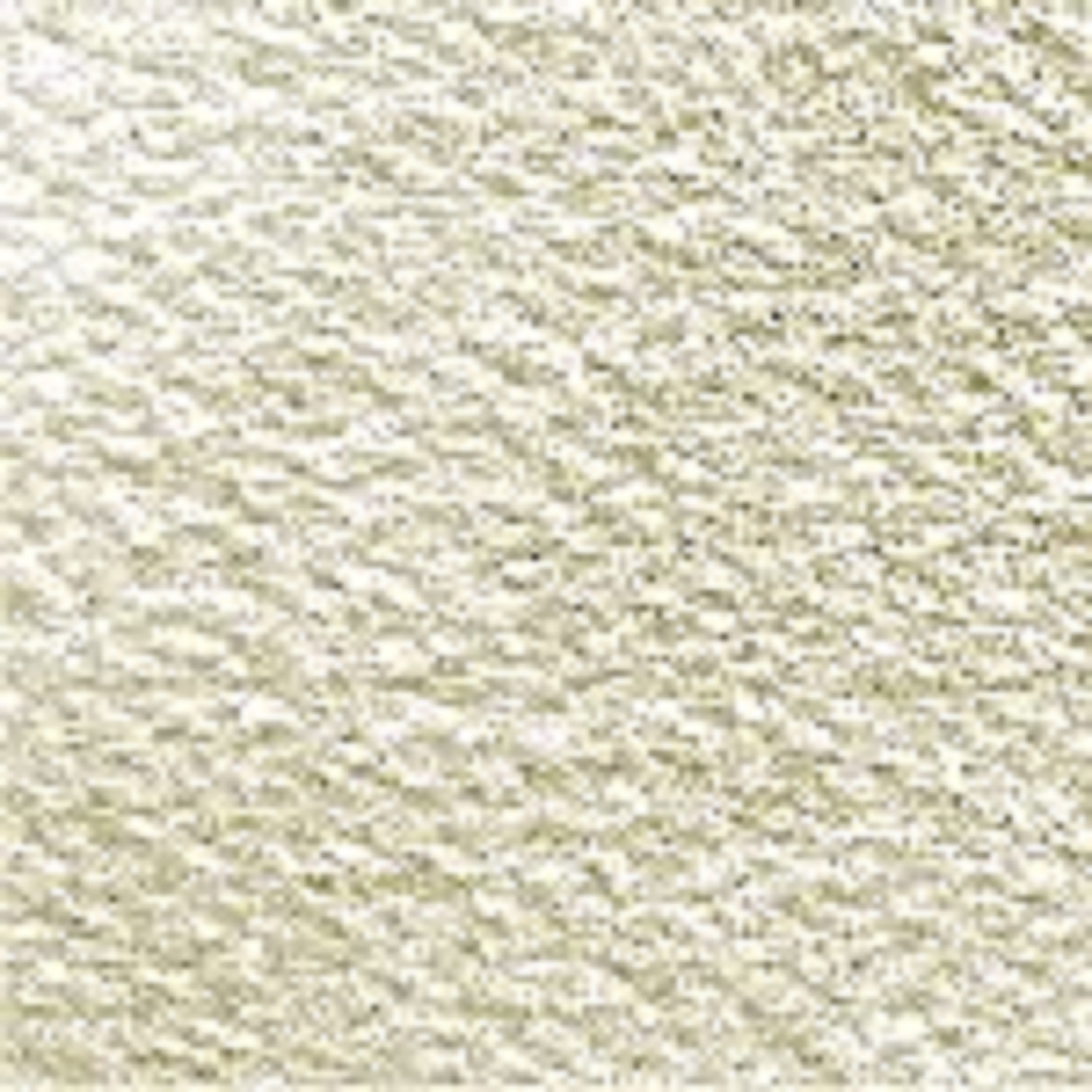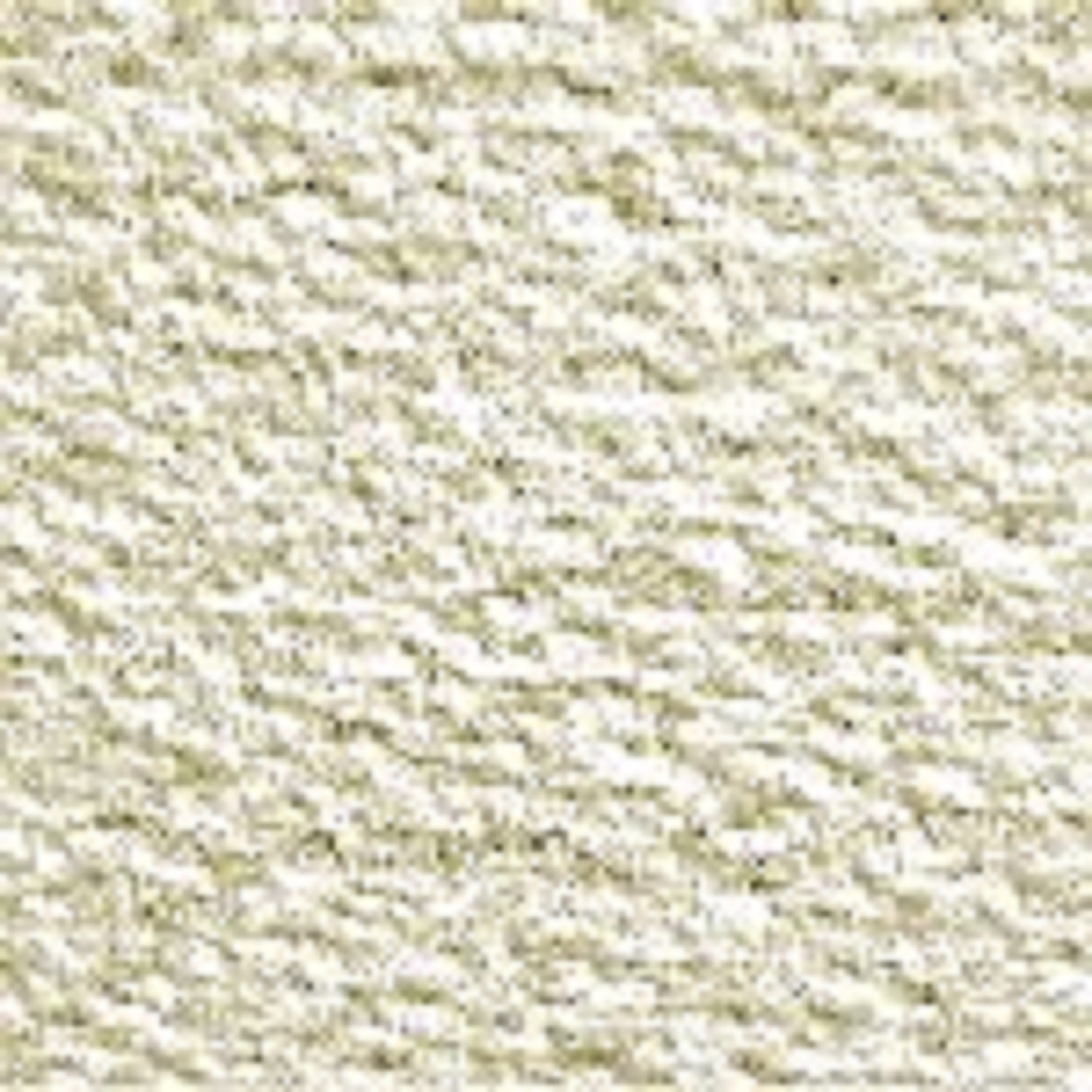Paper: a little history, a little trivia
The variety of surfaces used to paint, draw, write and tally on have run the gamut from cave walls, clay tablets (Sumerians 5000-2000 BC), wood planks, papyrus (+-2500 BC), to parchment (1500-250 BC) and vellum, a finer variant of parchment. Papyrus was a woven mat of reeds, pounded together into a hard, thin sheet. Parchment and Vellum are make from specially processed animal hide (calves, goats, sheep) that are smoothed to a fine finish. The word "paper" actually comes down to us from the word "papyrus". According to contemporary Chinese records of AD 105, "Under the reign of Emperor Hi-Ti, Ts'ai Lun of Lei-Yang conceived of the idea of making paper from the bark of trees....The paper was then used throughout the entire Universe." The tree was the paper mulberry, Broussonetia papyrifera. It is believed that Ts'ai's mixture mulberry bark, hemp, and rags with water, was mashed into a pulp, the liquid was pressed out and the resulting thin mat was hung to dry in the sun. Thus, true "paper" was first created. A fetching story, but the oldest surviving piece of paper in the world was discovered by archeologists in 1957 in a tomb near Sian in Shensi province, China (Temple 1986). It is about 10 cm square and can be dated precisely between the years 140 and 87 BC. Over the centuries (610) Buddhist monks gradually spread papermaking skills to Japan where paper became an essential element in many aspects of Japanese society, including uses in writing, fans, and home construction. With the availability of a cheap, easily manufactured writing surface, a milestone in human communication was achieved. Using the written word and image, all painting and drawing became mobile and civilizations spread their culture at an ever increasing rate. When the Arab's overthrew the Chinese at Samarkland in 751, they then learned the art of papermaking from the Chinese. Over the next 400 years, the papermaking trade made it's way westward to Christian Europe. Italy (1250), France (1338 - 1470), and England (1588) all develop thriving paper industries through the centuries. Fabriano (Italy) began papermaking in 1283 when paper production flourished with the use of recycled linen rags for pulp. The Arches (France) paper mill was founded in Lorraine, France, in 1492. Its colorful history is closely linked to the history of France. Many literary milestones and works of art have been entrusted to Arches papers, including the publication of the complete works of Voltaire, a project begun in 1784 that eventually required 70 tons of handmade Arches paper, and Napoleon's The Description of Egypt, printed between 1807 and 1823 on two million sheets of Arches paper - made by hand. In 1895, Arches entered the Industrial Age by using the cylinder mould to fabricate the finest art papers. Arches papers are still made in the original 1492 mill. Arches is now part of the Canson family of paper products. Since 1557, the Canson paper mill in France has produced fine artist papers. A tradition started by the Montgolfier family (most famous for the invention of the hot air balloon in 1783 - made of paper, of course) and carried on by the family Canson. By 1690 near Philadelphia, German immigrant William Rittenhouse founded the first paper mill in North America. Many of the first American paper makers were trained at Rittenhouse's mill. In 1892 Horace Moses founds the Mitteneague Paper Company (Later to become Strathmore) with just one paper machine. The Strathmore name was inspired by the beauty of thistles in full bloom in Scotland's Strathmore valley.
The Tale of Hemp Paper
Although it's utility for fine art uses doesn't currently have a wide knowledge base to draw from, there has been a resurgence of interest in the wide variety of uses this particular, controversial, natural fiber has to offer. Although the word hemp itself is enough to strike terror into the hearts of about 50% of Americans, a large percentage of the rest of the world still makes use of this plant for fiber as well as its medicinal and recreational properties. (Unless we are burning or defoliating for them.) The breeds that offer the highest fiber content have been so bred as to have none of the active chemicals that make other varieties of cannabis have dubious noteriety. DANGER! If you are interested in making your own paper, you can't grow your own hemp fiber. The laws are being challenged for various uses of this particular plant, but if you are a US citizen, just don't bother in this decade. Honest. Use US-approved imported fiber if you are interested using hemp in any way. Several manufacturers now offer hemp fiber papers for various uses, but some are pricey and of questionable use for permanent art if recycled wood pulp is used as a filler. Use the same criteria you use for any archival quality paper products you buy: permanent fibers, neutral ph, a surface and sizing to your own liking, and, in your price range. FOR WHAT IT'S WORTH: A brief history of hemp From the dawn of time hemp was used along with flax, cotton, papyrus, silk, and any other resource on earth, to make cloth and paper. Ancient Chinese, Egyptian, Indian, Middle Eastern, South Americans, Central Americans, African, European-all made free use of hemp as a resource. America's founding fathers, in an effort to avoid importing paper from England, encouraged flax (linen) and hemp (cannibas) cultivation to make the colonies more independent. They were both among the major cash crops in Colonial America. Benjamin Franklin used hemp fabric scraps for pulp in his own paper mill. The first two drafts of the Declaration of Independence were written on hemp paper. Hemp paper, due to it's unique properties, can be found in cigarette papers and bibles. Hemp was used in America through the 1800's and early 1920s for fiber, as well as it's age old medicinal and recreational use. Hemp and all forms of cannibis was rather mysteriously banned in the United States in the 1930's. In 1942 it was temporarily re-legalized in the U.S. government backed "Hemp for Victory!" camgaign for U.S. farmers, when a quick-growing resource was needed to quickly restock the depleting wartime supplies of fiber and oil. AS OF MAY 2005: You can buy the (approved) hemp paper and fiber, but stay away from the raw plant and it's seeds for now unless you live in Alaska and are over 21. Check your state laws, they seem to be gradually changing. AS OF DECEMBER 2004: You can buy the (approved) hemp paper and fiber, but stay away from the raw plant and it's seeds for now.
How is watercolor paper made?
In the past all watercolor paper was made from linen (flax) waste or rags. After being pulverized and cleaned the resulting pulp is transferred to large vats. A mould consisting of a wire mesh stretched on a wooden frame is dipped in the water and shaken to align the fibers as the water drains through the mesh. When the strained pulp reaches the proper thickness the mould is inverted on to a felt 'blanket' to which the new sheet of paper clings. A new felt is layered on top of the paper and the hand moulding process is repeated, creating a layered stack of paper and felts. The stack is then put in a press to release the excess water. Hand made paper is distinctive in its randomly irregular surface and frayed deckled edges on all four sides. Handmade papers are available today, but are generally more expensive than the machine made varieties. The machine made papers do offer consistent quality and texture and do to the manufacturing process they usually have a two sided deckle with the other two sides cut or torn to resemble a deckle edge. The majority of modern papers use the term 'rag' to indicate any natural fiber, but primarily cotton fiber is used. Rag contents of less than 100% add manilla, flax, synthetic fibers or wood pulp to the blend. These are marketed as student grades.
High PH is a BAD thing
Papers made with wood or manilla contain a higher acid (PH) content and tend to degrade over time, becoming yellowed and brittle. Archival quality watercolor papers have a neutral PH value.
What about Synthetics?
Synthetic papers papers are made with fibers such as TYVEC. The surfaces are very durable, but you must alter your technical approach due to their unique absorbsion and working properties.
What is sizing?
Papers are traditionally sized with gelatine. The amount of sizing determines the amount of color the paper takes into its structure. Heavier sizing allows more color to stay on the surface and allows easier reworking of the paint. Internally sized paper has the sizing added in the vat before the paper is made. Tub sized papers are soaked in a sizing bath after the paper is made Tub sized paper is the preferred choice of watercolorists. A paper that is too heavily sized can resist your brush strokes. To remedy this sponge your paper with clear water once or twice. This will eliminate some of the surface sizing and make the surface more receptive. Papers that are stretched lose any excess sizing in the streching process.
Weighing the paper
The weight of a paper is determined by the weight in pounds per square meter. Traditional paper for watercolor range from 70 lbs. to over 300 lbs. in weight. A lighter weight paper (less than 140 lb. tends to warp extensively unless the paper is stretched wet on a frame as a canvas or wet on a board and taped with brown gummed tape. When dry the surface can be worked without warping due to water absorbsion. The average weight used is 140 lb. This weight has minimal warping and is much less expensive than heavier weights. Another popular weight is 300 lb. paper. It offers even more resistance to warping and can withstand more aggressive scrubbing and working of the surface. If you try a new paper always test the surface to see if it is sized properly for your work. Over sizing can cause washes to bead up and not flow smoothly. To fix this problem use a clean sponge and water to gentle wash the entire surface then air dry the paper. Watercolor papers of lighter weights are available in blocks. Blocks hold 15 to 20 sheets of watercolor paper on a stiff cardboard backing. The edges are bound together with a small area unbound for slipping a knife in to release the sheets as they are used. Paper in blocks tend to warp out and bulge in the middle when they are wet. Releasing three of the bound edges before you begin to paint will alieviate most of the problem for you.
There are Three Surface types:
 Hot Pressed: the surface is finely grained and smooth. It takes color smoothly and allows for easier textured brush work. It is processed with high pressure as it is dried.
Hot Pressed: the surface is finely grained and smooth. It takes color smoothly and allows for easier textured brush work. It is processed with high pressure as it is dried.  Cold Pressed or 'Not' Pressed: this medium rough texture is preferred by most It takes color smoothly also, but the tooth allows for slight irregularities and graining in washes.
Cold Pressed or 'Not' Pressed: this medium rough texture is preferred by most It takes color smoothly also, but the tooth allows for slight irregularities and graining in washes.  Rough: Is a coarse rough texture. This surface allows for maximum graining of washes and accidental highlights and texture.
Rough: Is a coarse rough texture. This surface allows for maximum graining of washes and accidental highlights and texture.
Traditional Watercolor Sheet Sizes
| Royal | 19" x 24" |
| Super-Royal | 19.25" x 27" |
| Imperial | 22" x 30" |
| Single Elephant | 25.75" x 40" or 23" x 28" |
| Double Elephant | 29.5" x 41" or 26.5" x 40" |
| Antiquarian | 31" x 53" |
| Triple Elephant | 40" x 60" |
Standard Watercolor Blocks Sizes
Generally available in Cold (Not) Pressed and Rough. (##) = Sheets per block. This is a random selection.
| Arches(20) | Lana(25) | Montval(15) | Winsor & Newton(15) | |
| 4" x 5" | X | |||
| 4" x 6" | X | |||
| 6" x 9" | X | |||
| 7" x 10" | X | X | ||
| 9" x 12" | X | X | X | X |
| 10" x 14" | X | X | X | X |
| 12" x 16" | X | X | X | X |
| 14" x 20" | X | X | ||
| 15" x 20" | X | |||
| 18" x 24" | X | X | ||
| 20" x 29" | X |



